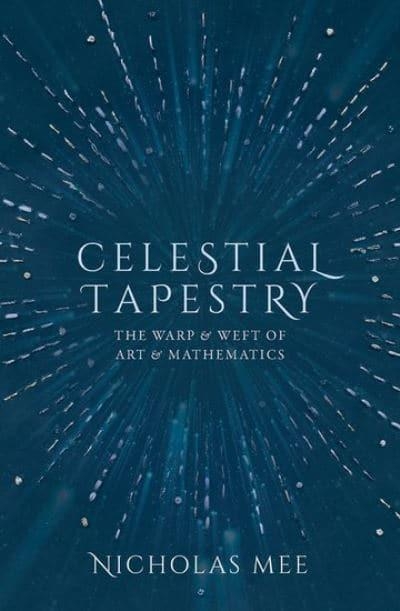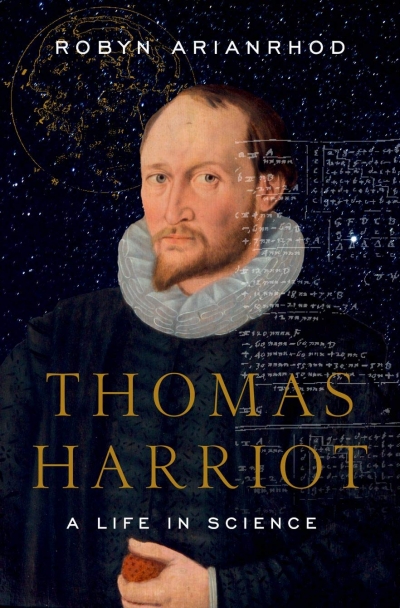Robyn Arianrhod
Celestial Tapestry: The warp and weft of art and mathematics by Nicholas Mee
by Robyn Arianrhod •
Antimony, Gold, and Jupiter’s Wolf: How the elements were named by Peter Wothers
by Robyn Arianrhod •
The Best Australian Science Writing 2019 edited by Bianca Nogrady
by Robyn Arianrhod •




